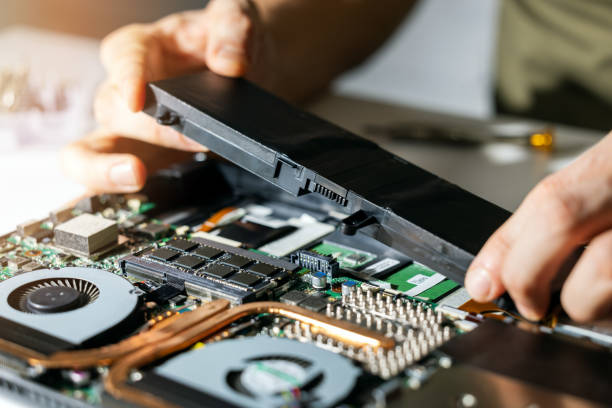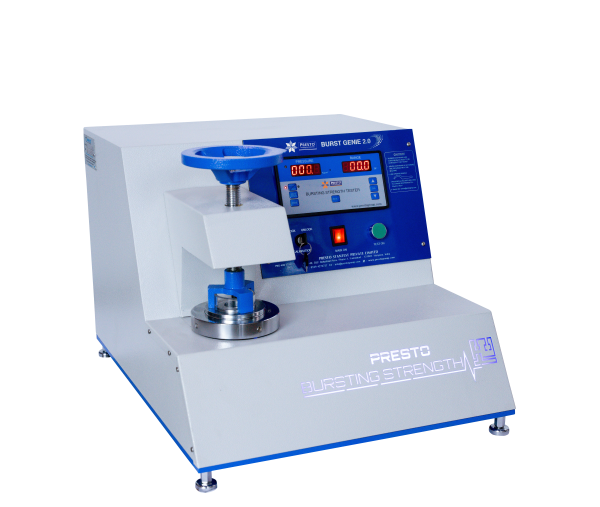An HMI stands for Human Machine Interface, is a tool that lets people interact with machines. It’s used in things like screens, displays, and keypads to help us control devices.
What Is HMI?
HMI means Human Machine Interface. It includes things like touchscreens and keyboards that make it easier for us to communicate with machines.
HMIs are found in lots of places like automated machines and production lines. They come in various forms such as simple or advanced touch screens, helping us manage information easily.
Applications Of HMI (Human Machine Interface)
HMIs are used across many industries. Here are some places you’ll find them:
- Manufacturing: HMIs help operators in factories control and monitor production lines, giving them data and updates needed for smooth operations.
- Power Generation: In power plants, HMIs assist with managing operations like controlling boilers and turbines.
- Oil and Gas: HMIs are used for operations from drilling oil to refining it.
- Chemical Processing: In chemical plants, HMIs help manage processes like mixing chemicals and overseeing reactions.
- Wastewater Treatment: HMIs control various stages of water treatment, ensuring everything from pumping to purification runs smoothly.
- Electronics: HMIs in the electronics industry help with remote access, connecting via Bluetooth, and optimizing controls.
- Medical: HMIs are used in medical technology for things like imaging and robotic surgery.
- Banking: In banks, HMIs help customers use ATMs to make transactions and check account details.
- Education: HMIs help teachers use interactive tools like smart whiteboards, making learning more engaging for students.
What Are Various Types Of HMI?
There are different types of HMI designed for specific tasks:
- The Data Handler: This type helps with quick feedback needed for devices like printers, displaying graphs and data instantly.
- Overseer: This type is used with SCADA and MES systems to help manage and monitor large systems or networks.
- Pushbutton Replacer HMI: These replace physical buttons and switches with touchscreen controls, making repetitive tasks easier and safer.
What Is The Difference Between HMI And SCADA?
HMI and SCADA are related but they do different things. HMIs are mainly about showing information and letting users input commands. SCADA, however, focuses more on collecting data and controlling systems across a wider range.
Key Components Of HMI Systems
An HMI system has three main parts:
- Hardware: This includes the physical parts like screens and keyboards that let you input and receive information.
- Software: This is the part you interact with on the screen, which shows the information and lets you control the machine.
- Communication: This is how the HMI talks to the machine, ensuring fast and reliable data exchange for controlling and monitoring.
Similar Articles:-
- I2C Protocol In Embedded Systems: Working, Uses, Benefits, Pros & Cons
- Signal Integrity In PCB Layout (What Is, Needs, Design Considerations)
- What Is EMI/EMC Testing? Standards List, Procedure, Types
Advantages Of Human-Machine Interface
Using HMIs has several benefits:
- Increases Efficiency: HMIs make it easier to manage operations and make decisions quickly.
- Enhances Security: They help keep the workplace safe by showing alerts and updates clearly.
- Remote Monitoring And Control: HMIs allow for monitoring and controlling operations remotely, which is great for distant or dangerous locations.
- Easy To Use: HMIs are designed to be user-friendly, making it easier for everyone to use, regardless of their technical skill level.



